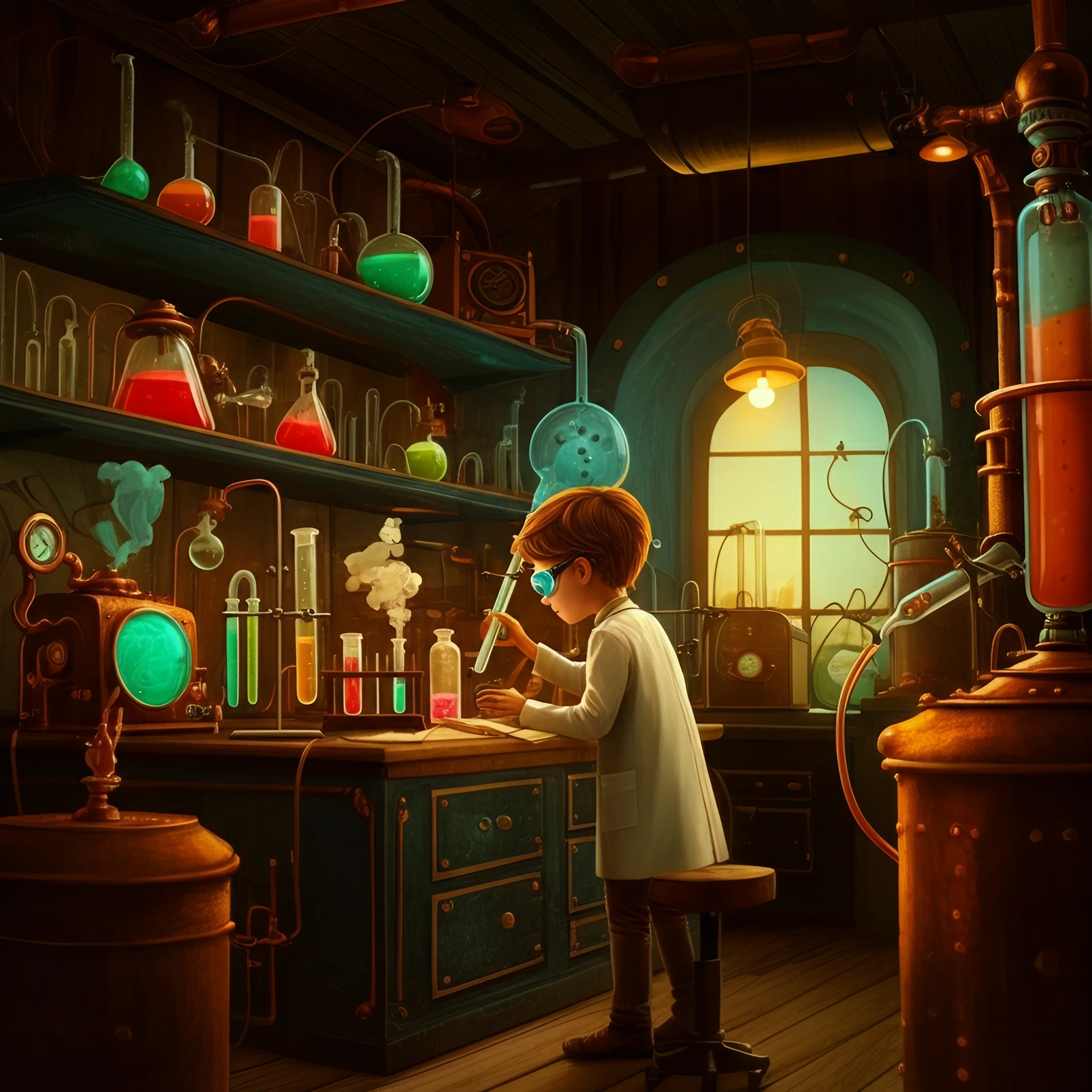Science is all around us, and nothing brings its wonders to life quite like hands-on experiments. Whether you’re a student, educator, or simply a science enthusiast, experimenting is a fun way to learn, observe, and even create moments of awe. In this guide, we’ll walk you through some cool experiments you can try at home. With materials that are easy to find and instructions that are simple to follow, these experiments are sure to spark your curiosity and excitement.
Experiment 1: Mentos and Coke Geyser
Materials Needed:
- A 2-liter bottle of diet soda
- A pack of mint-flavored Mentos
- A clean, outdoor area
Steps:
- Find an open outdoor space to set up your experiment.
- Open the bottle of diet soda and place it on a flat surface.
- Stack 5-6 Mentos in a piece of paper rolled into a tube.
- Quickly drop the Mentos into the soda bottle and step back!
The Science Behind It:
This spectacular geyser is caused by nucleation, where the surface of the Mentos creates tiny bubbles by rapidly releasing carbon dioxide from the soda. The quick reaction creates an eruption that shoots liquid out of the bottle like a fountain.
Experiment 2: Elephant Toothpaste
Materials Needed:
- Hydrogen peroxide (30% recommended for the best effect, found at beauty supply stores)
- Dish soap
- Warm water
- Dry yeast
- A plastic bottle
- Food coloring (optional)
Steps:
- Place the plastic bottle on a tray to catch the foam.
- Add about half a cup of hydrogen peroxide and a few squeezes of dish soap into the bottle. Swirl gently to mix.
- Add food coloring along the sides of the bottle for a fun visual effect.
- Mix a packet of dry yeast in warm water and pour it quickly into the bottle.
- Watch as foamy “toothpaste” erupts out!
The Science Behind It:
The yeast acts as a catalyst, breaking down the hydrogen peroxide into oxygen and water. Oxygen mixes with the dish soap to create the huge foam eruption. This exothermic reaction also releases heat!
Experiment 3: Baking Soda and Vinegar Volcano
Materials Needed:
- Baking soda
- White vinegar
- A small bottle or cup (to act as the volcano crater)
- Red food coloring (optional)
- Playdough or papier-mâché to create a volcano structure (optional)
Steps:
- Create a volcano model using playdough or papier-mâché, and place the small bottle at the center as the “crater.”
- Fill the bottle halfway with baking soda.
- Add a few drops of red food coloring for a lava-like effect.
- Pour white vinegar into the bottle and watch your volcano erupt!
The Science Behind It:
This is a simple acid-base reaction. The baking soda (a base) reacts with the vinegar (an acid) to produce carbon dioxide gas, creating bubbly “lava.”
Experiment 4: Homemade Lava Lamps
Materials Needed:
- A clean glass bottle or jar
- Vegetable oil
- Water
- Food coloring
- Alka-Seltzer tablets
Steps:
- Fill the bottle two-thirds full with vegetable oil.
- Add water to fill the remaining one-third of the bottle.
- Add a few drops of food coloring and wait for it to settle into the water layer.
- Drop in half an Alka-Seltzer tablet and watch as colorful blobs rise and fall like a lava lamp.
The Science Behind It:
The oil and water don’t mix because of their different densities. When the Alka-Seltzer reacts with the water, it produces carbon dioxide gas, creating bubbles that push the water up into the oil. The bubbles pop, and the water sinks back down.
Experiment 5: Growing Borax Crystals
Materials Needed:
- Borax powder
- Pipe cleaners
- A glass jar
- Boiling water
- String and a pencil
Steps:
- Twist the pipe cleaner into a cool shape (like a star or heart).
- Fill the jar with boiling water and stir in borax until no more dissolves (about 3 tablespoons per cup of water).
- Attach the pipe cleaner to a pencil with string and lower it into the jar, ensuring it doesn’t touch the sides or bottom.
- Leave the jar undisturbed overnight and watch as crystals form on the pipe cleaner.
The Science Behind It:
The hot water can hold more borax than cold water. When the solution cools, it becomes supersaturated, and the borax “falls out” of the solution, forming beautiful crystals on the pipe cleaner.
Safety Precautions
While these experiments are generally safe, it’s important to follow these precautions:
- Always conduct experiments in a well-ventilated or outdoor area.
- Wear gloves and goggles when handling chemicals like hydrogen peroxide or borax.
- Supervise children closely, especially when working with hot liquids or reactive substances.
- Clean up thoroughly after each experiment to avoid contamination or stains.
The Joy of Experimentation
Science experiments are more than just entertainment; they teach us how the world works in the most hands-on way possible. Whether you’re watching foam erupting from a bottle or growing dazzling crystals, the process taps into our natural curiosity and problem-solving skills.
If you’re looking to explore more amazing experiments, connect with other science enthusiasts, or share your discoveries, join our science community. Start experimenting, learning, and marveling at the wonders of the world!
Call to Action:
Got a favorite experiment or need tips for your science project? Drop your comments below or share your results with us online! Let’s make science fun together.








